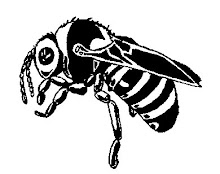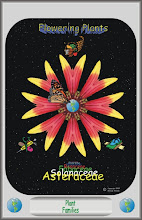




Clammyweed (Polanisia dodecandra)
The beautiful and exotic looking native Clammyweed, found across most of the United States, grows in open areas and in rocky or sandy soil and blooms in late summer.
The leaves and stems of the Clammyweed produce hairs that extrude a sticky substance, which when handled, adheres to the hands resulting in a “clammy” feeling. The Clammyweed growing to two feet tall have leaves comprised of three leaflets ranging from ½ to an inch and longer. The white flowers, pointing upwards, have four narrow petals ¾ inch long and longer with purple tinged veins. The prominently notched petals give them a heart shaped appearance.
Note: There are various sub-species of Clammyweed. Two common sub-species are Polanisia dodecandr spp. dodecandra commonly known as Redwhisker Clammyweed and named for the numerous red whisker-like stamens it produces and Polanisia dodecandra ssp. trachysperma known as Sandyseed Clammyweed.
Members of the Caper family (Capparaceae or Capparidaceae) are related to the Mustard family (Brassicaceae) and have been combined in some classification schemes.
Photos taken at Chickasaw National Recreation Area, Veterans (Wilson) Lake area near Sulphur, Oklahoma.







No comments:
Post a Comment